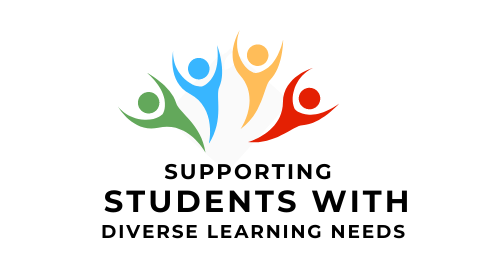The goal for most students in postsecondary education is to get a job and enter the workforce. Historically, people with disabilities have been underrepresented in the workforce. However, as more and more people with disabilities complete postsecondary education, this is gradually changing. The employment rate of people with disabilities aged 15 to 64 increased by almost 5 percentage points from 46.4% in 2001 to 51.3% in 2006 (Statistics Canada, 2013). A growing number of Canadian employers are seeing the benefits that can be brought to the workplace by people with disabilities.
Success Stories
Meticulon Consulting, a Calgary-based tech firm, looks to hire people with autism because of the specific skill set that they bring to the company.
Consider this – How can instructors help to prepare students with disabilities for success in the workplace?
Heres a few suggestions:
- Teach problem-solving skills and creative thinking. Students with disabilities may need to be creative in finding their own methods to complete tasks.
- Give students a balanced view of their abilities and help them to capitalize on their strengths in a variety of settings.
- Encourage students to self-advocate, so that they can explain to instructors and employers what works for them to get the job done.
- Provide realistic tasks and allow students to try out different tools and find out what works best for them, so that they can apply those tools in the workplace.
- Provide clear expectations of the skills and knowledge that students need to develop.
- Give constructive feedback on performance.
- Help students to weigh the advantages and disadvantages of disclosing their disability in the workplace. This can be a difficult decision for students with invisible disabilities, who may face discrimination in the workplace. Instructors can point out the advantages of disclosure, but must respect their students final decision to disclose, or not to disclose. The Disability Services Office is also a good resource to direct students to for additional information and guidance in considering this issue.
Group Discussion Question:
How can instructors help to prepare students with disabilities for success in the workplace?
Suggested Answers:
- Teach problem-solving skills and creative thinking. Students with disabilities may need to be creative in finding their own methods to complete tasks.
- Give students a balanced view of their abilities and help them to capitalize on their strengths in a variety of settings.
- Encourage students to self-advocate, so that they can explain to instructors and employers what works for them to get the job done.
- Provide realistic tasks and allow students to try out different tools and find out what works best for them, so that they can apply those tools in the workplace.
- Provide clear expectations of the skills and knowledge that students need to develop.
- Give constructive feedback on performance.
- Help students to weigh the advantages and disadvantages of disclosing their disability in the workplace. This can be a difficult decision for students with invisible disabilities, who may face discrimination in the workplace. Instructors can point out the advantages of disclosure, but must respect their students final decision to disclose, or not to disclose. The Disability Services Office is also a good resource to direct students to for additional information and guidance in considering this issue.

